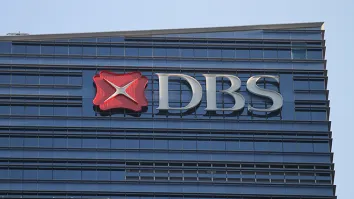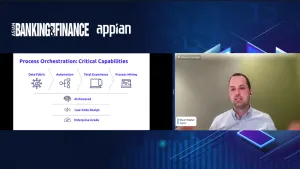
2 reasons why Hong Kong banks' mortgage rates could spike
Seen to rise ahead of US rate hikes.
Barclays believes a combination of market (liquidity) and regulatory (risk weight floor) forces will drive mortgage rates higher ahead of a hike in US benchmark interest rates.
Here's more from Barclays:
We believe the key potential catalysts are: 1) Fed tapering (Barclays estimates this will occur in March 2014), leading to potential deposit outflows; and 2) tighter monetary policy in China driving strong loan demand.
Mortgage rates can rise ahead of US rate hikes: Contrary to popular opinion that Hong Kong mortgage rates rise when US Fed Fund rates rise, mortgage rates are set by the Hong Kong banks.
Benchmark interest rates have remained low over the past five years but effective mortgage rates have already risen from c90bps (Hibor+65bps) in 2010 to 2.15% (Prime-2.85%) currently. The price leaders – HSBC, Standard Chartered, BOCHK and Hang Seng Bank – had a combined 82% share of the mortgage market in 1H13, according to our calculations.
Tighter system liquidity and higher funding costs to drive mortgage rates up: We believe the key driver of mortgage rates is funding costs. Deposit competition is here to stay, in our opinion.
There is a strong regulatory focus on deposit funding since the financial crisis; e.g. the Net Stable Funding Ratio (NSFR) under Basel III, which requires banks to rely on stable sources of funding, namely customer deposits, to fund long-term lending.
The start of Fed tapering could trigger deposit outflows. We also expect tightness in system liquidity to persist on strong loan demand from Mainland China due to cheaper lending rates in Hong Kong relative to China and tighter monetary policy.
Risk weight floor provides banks with incentive to raise mortgage rates: Shortly after the introduction of the 15% mortgage risk weight floor by the HKMA in February 2013, the price-setting banks (which use a 5-7% risk weight under an advanced internal ratings-based approach) raised mortgage rates, initially by 25bps, in order to protect profitability (RoRWA).
However, the increase was short-lived due to Japan's quantitative monetary easing in April, resulting in liquidity inflows. Nevertheless, we believe the banks have a desire to price mortgage credit to reflect the higher cost of capital.
Large banks are more defensive on rising funding costs: We believe tighter liquidity conditions led by the start of Fed tapering (potential deposit outflows from Hong Kong), tighter monetary policy in China (driving strong loan demand), combined with banks' desire to price mortgage credit to reflect the higher cost of capital, will lead to higher mortgage rates, regardless of when the US benchmark interest rate rises.
In our view, large banks including HSBC (OW), STAN (EW), BOCHK (OW) and HSB (UW) that have stronger deposit franchises are more defensive in the face of deposit competition, and are better placed to pass on higher costs of funding to customers in the form of higher mortgage rates, as price leaders.
















 Advertise
Advertise






